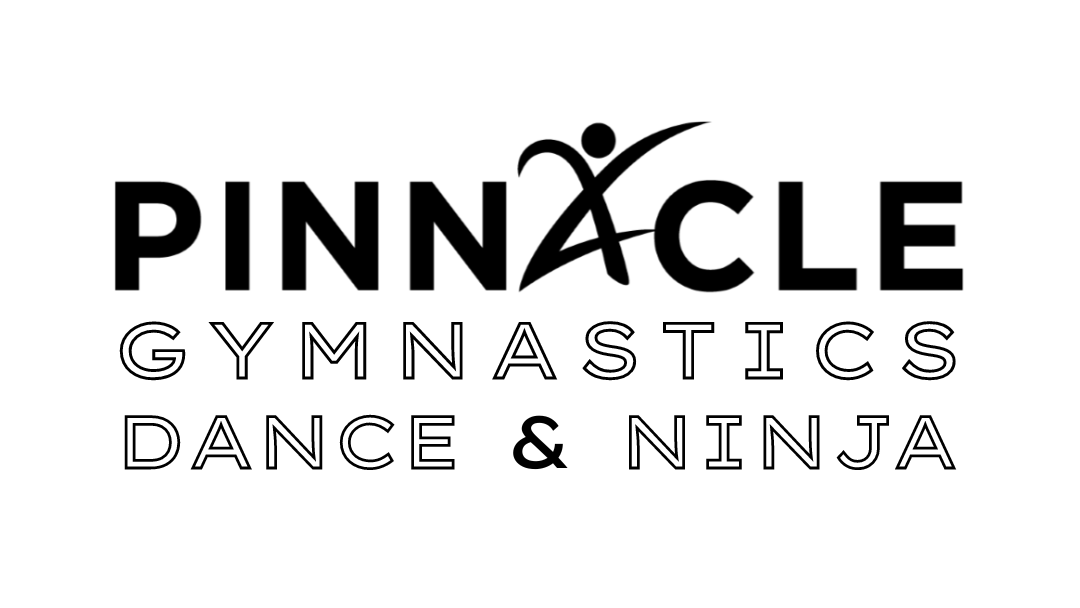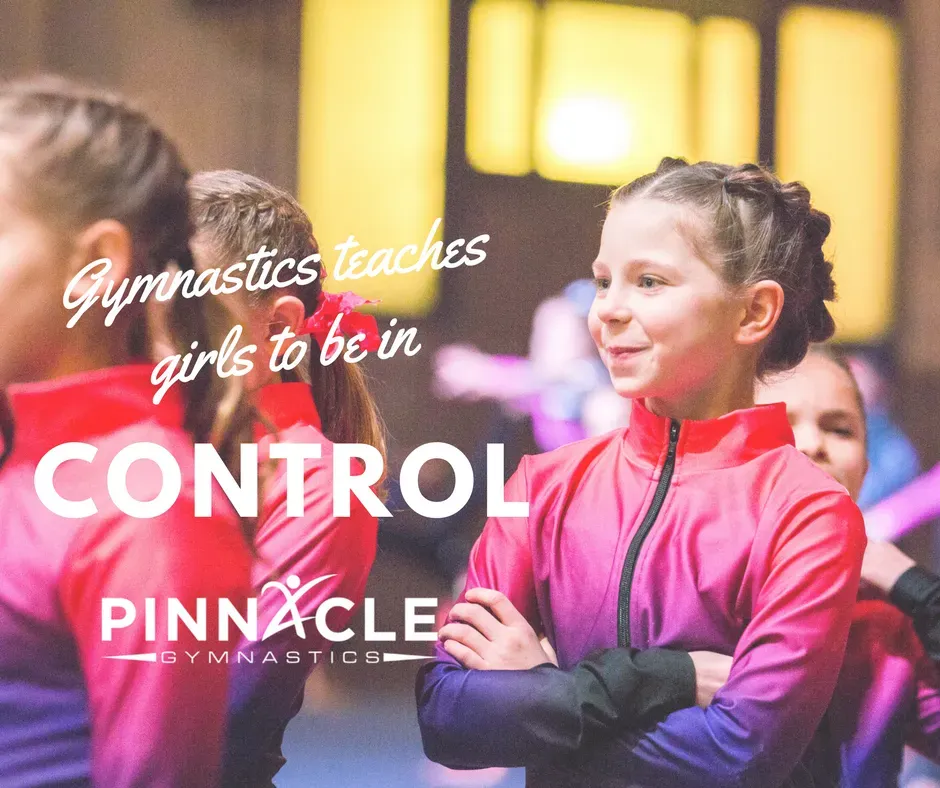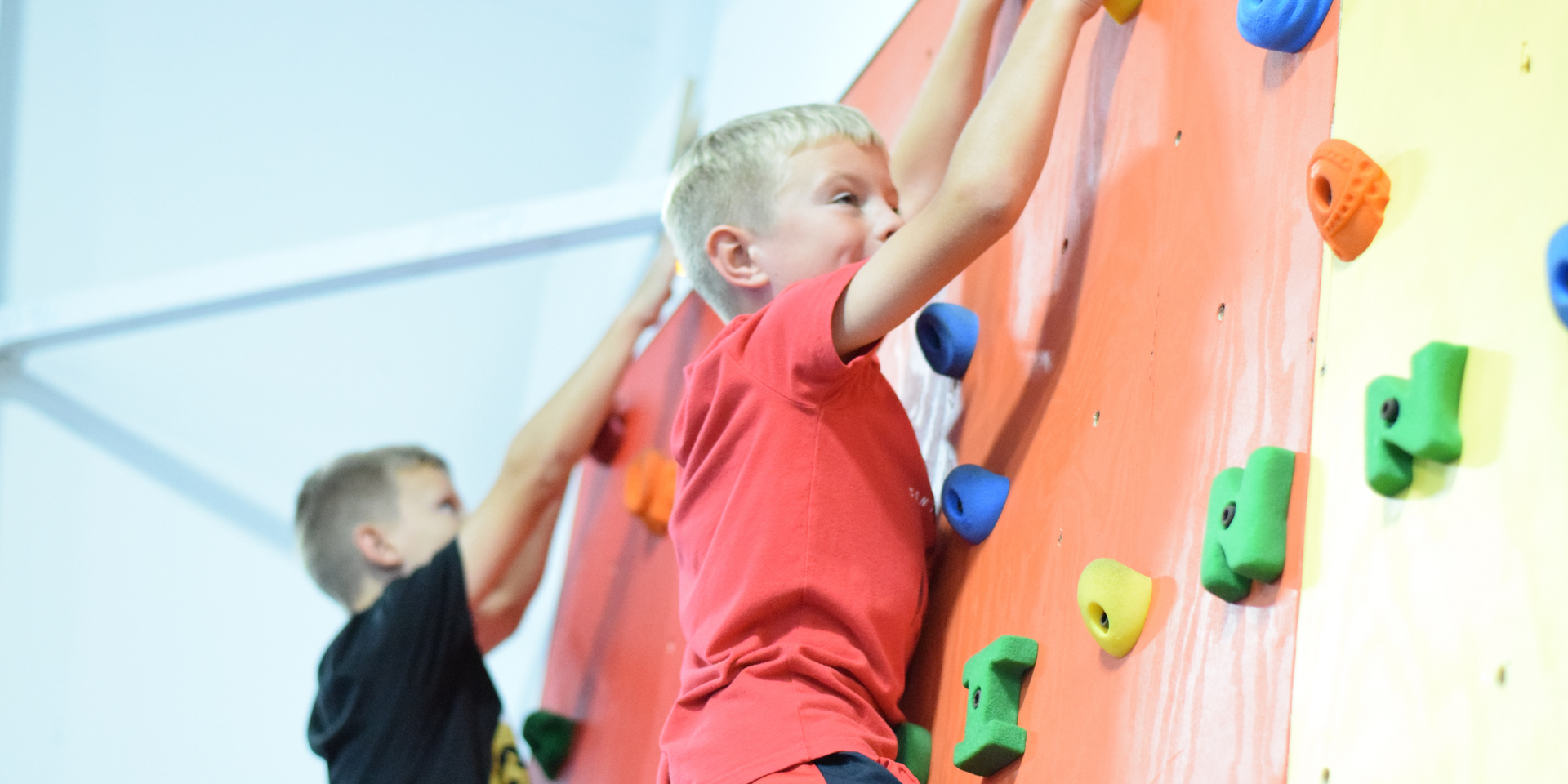The Best Handstand Drills for Beginners
Mastering the handstand is one of the most exciting and rewarding milestones in gymnastics. It requires strength, balance, flexibility, and body awareness. Whether you're just starting or want to improve your handstand technique, practicing basic drills will help you build a solid foundation for this essential skill. Here are five of the best handstand drills for beginner gymnasts to help you get started!
5 Best Handstand Drills for Beginner Gymnasts
1. Wall Walks
Wall walks are an excellent drill for beginners because they help you build the strength and confidence needed for a handstand. This drill allows you to work on your core strength, shoulder stability, and understanding of how your body should align when in a handstand.
How to do it:
- Start in a push-up position facing away from a wall.
- Place your feet on the wall and walk your feet up while walking your hands closer to the wall at the same time.
- Continue walking until your body is in a straight line, with your hands close to the wall and your feet higher than your head.
- Hold the position for a few seconds and then slowly walk back down.
Benefits:
- Builds shoulder and core strength.
- Helps develop body awareness and control.
- Boosts confidence in being upside down.
2. Handstand Holds Against the Wall (Facing the Wall)
This drill is essential for beginners to practice proper alignment while building strength and balance. The wall provides support, allowing you to focus on the basics without worrying about falling.
How to do it:
- Place your hands about 6-8 inches from a wall and kick into a handstand, with your chest facing the wall.
- Keep your body in a straight line from your hands to your feet (avoid arching your back or bending your knees).
- Engage your core, squeeze your legs together, and press through your shoulders.
- Hold for 10-30 seconds, focusing on keeping a straight body and proper alignment.
Benefits:
- Strengthens shoulders, arms, and core.
- Teaches proper alignment for a straight handstand.
- Builds confidence in being upside down.
3. Handstand Kick-Ups
Learning how to kick up into a handstand with control is crucial for building your handstand skills. This drill helps you work on your timing, balance, and the coordination required to go from standing to upside down smoothly.
How to do it:
- Start in a standing position with your feet together and arms extended overhead.
- Shift your weight forward and gently kick one leg up while pushing your hands into the floor.
- The goal is to kick both legs up into a handstand while keeping your body in alignment.
- If you're using a wall, kick lightly and tap your feet on the wall to prevent falling.
- Repeat the motion, focusing on controlled movements and building balance.
Benefits:
- Improves kicking strength and coordination.
- Helps you get comfortable with the transition into a handstand.
- Builds confidence in going upside down.
4. L-Handstands
L-handstands are a great drill for building core strength and control while keeping your body in a straight line. The focus here is on engaging your core and keeping your body as rigid as possible, simulating the proper body alignment you'll need for a full handstand.
How to do it:
- Start in a plank position with your feet elevated on a box or bench (about knee height).
- Position your hands directly under your shoulders and keep your arms straight.
- Engage your core and press your heels toward the ceiling, forming a right angle with your body.
- Hold the position for 20-30 seconds while maintaining a strong core and straight body alignment.
Benefits:
- Strengthens the core, shoulders, and arms.
- Improves body alignment and control in the handstand.
- Develops endurance for holding handstands longer.
5. Shoulder Taps in a Plank Position
Shoulder taps help improve balance, stability, and shoulder strength, which are essential for controlling your body in a handstand. This drill also teaches you how to distribute your weight evenly across your hands.
How to do it:
- Start in a plank position with your hands directly under your shoulders and your body in a straight line.
- While keeping your hips as still as possible, lift one hand off the floor and tap the opposite shoulder.
- Return your hand to the floor and repeat with the other hand.
- Focus on keeping your core engaged and maintaining a stable position throughout.
Benefits:
- Strengthens the shoulders, core, and arms.
- Improves balance and coordination.
- Helps stabilize your body in a handstand position.
Handstands Take Time
Handstands are one of the most fundamental skills in gymnastics, but they require a combination of strength, control, and proper technique. By incorporating these drills into your training routine, you'll gradually build the necessary muscle and confidence to perform a beautiful handstand. Remember, practice and patience are key—don’t get discouraged if progress feels slow. Keep working on these drills, and soon enough, you’ll be holding your handstand with ease!











